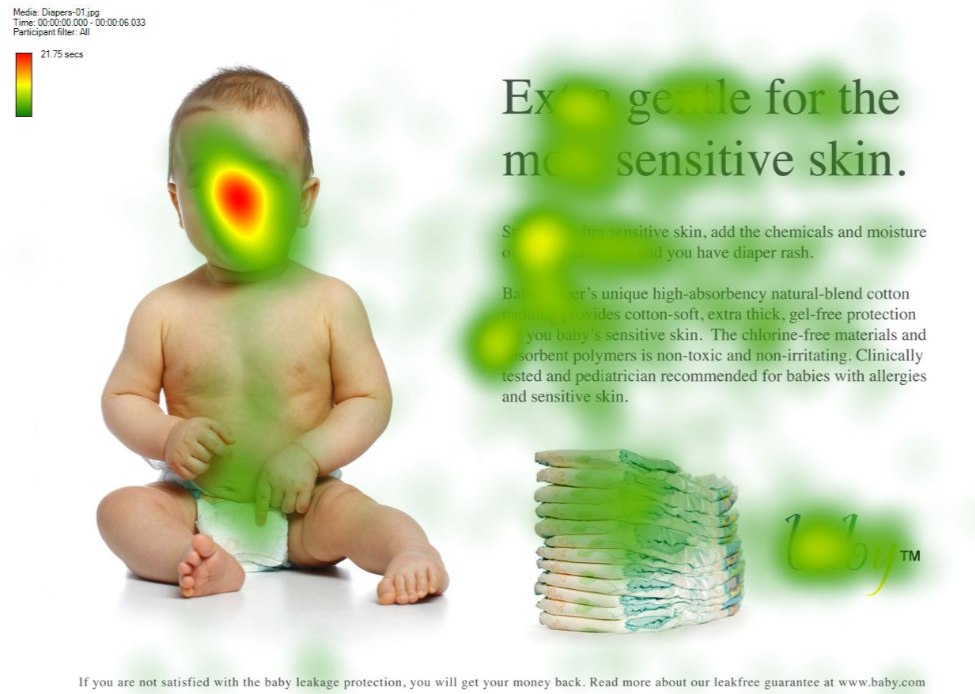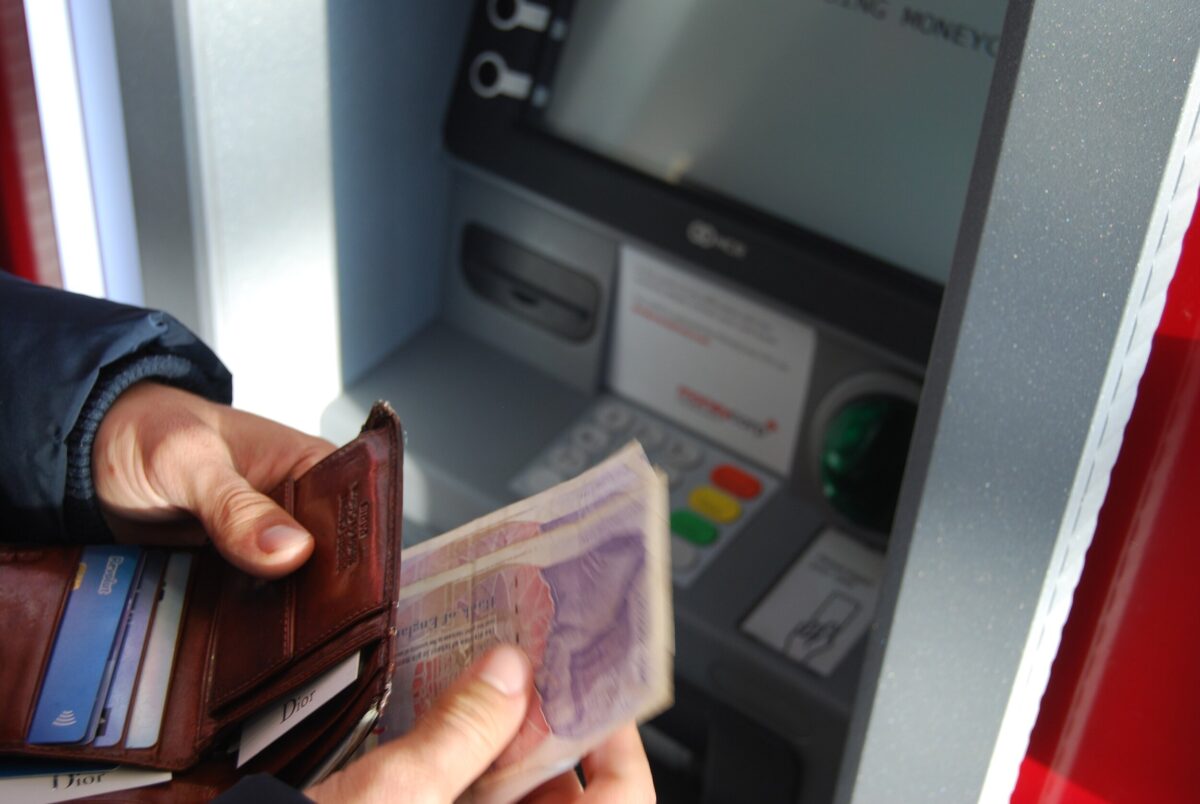How eye tracking can give you a competitive advantage when optimising your customer’s experience
Eye-tracking technology is such a valuable resource for gaining customer insights.
Observing how users attend to and engage with the content they encounter often provides me with insights into their thought processes which leads a user to their decision (or lack of decision) – giving me the competitive advantage to advise clients on how best to improve their customer’s experience.
In another of my previous blogs, I justify how eye tracking enables us to objectively measure information processed at a subconscious level.
From my experience, information processing at an unconscious level can not be analysed via traditional research methods such as focus groups, interviews, digital analysis or surveys.
Replaying people’s eye movements back to them (a research method known as Retrospective Think Aloud) helps bring this information back into consciousness allowing me to uncover the ‘why’ behind people’s behaviour.
But don’t take my word for it, here are two examples of others using eye-tracking to their advantage:
1) Eye tracking can help design consumer-friendly food nutrition labels.
Siegrish, Leins-Hess & Keller (2015) used eye tracking to determine which front-of-pack nutrition label (nutrition table format v. daily amounts format v traffic light format) was the most efficient in communicating nutritional information. Eye-tracking data showed the Traffic Light format (i.e. designating food as either red, amber or green depending on its healthiness) required the least amount of time to process information and therefore considered to be the most consumer-friendly.
2) Eye tracking can help optimise advertising to ensure maximum consumer attention.
YanHaas, a Columbian-based market research company, asked participants to view a TV commercial with the use of an eye-tracker. Their aim was to ensure the final product produced a positive consumer reaction regarding branding and attention. YanHass studied the commercial frame-by-frame to track the rise and fall in attention. Eye tracking data showed low camera angles to have an increased level of attention compared to high angles. Ultimately, flaws in the animatic commercial were spotted early in the process and could be adjusted before making costly investments. According to researchers, “the project led to successful branding, a stronger market position and better sales”.
Eye-tracking technology has the potential to unearth information about how users interact with a wide array of different products and services. Whether used on their own or combined with pre-existing data collection methods, eye tracking can ensure richer and more insightful outcomes.







